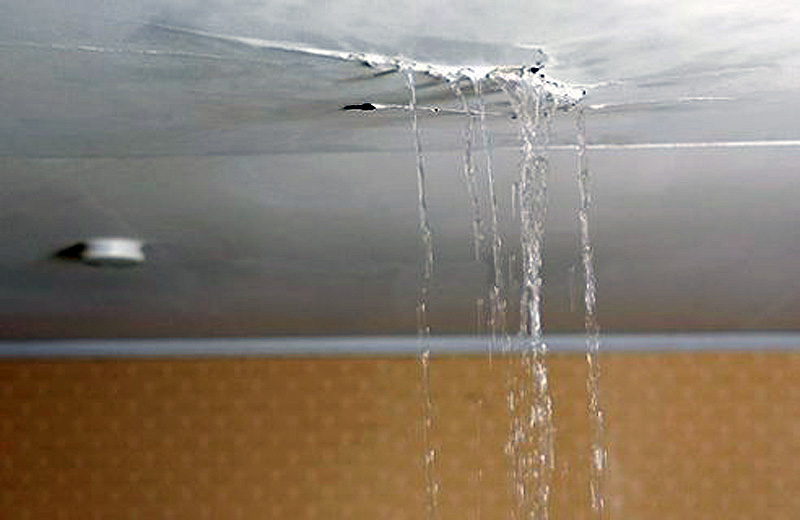
19 Oct Main Causes of Roof Leaks
Nobody wants to find themselves in the position of having to run for a bucket every time it rains or keeping an eye on the weather forecast so that they can plan ahead for a damp ceiling and a wet floor.
Not only is a leaking roof frustrating – but it can also indicate a larger roofing issue that’s in desperate need of repair.
In hope of saving you time, money, and excess repairs, we’ve created a list of some of the main causes of roof leaks. Keep this handy whether your roof is brand new, or decades old, as it always helps to know what might be causing your leaking problem.
- Cracked Flashing
The “flashing” on your roof is the thin pieces of metal installed beneath the shingles and joints on the roof to prevent water penetration. Most flashing is sealed with tar, but that substance can wear away over time, causing the material to crack after frequent exposure to elements such as rain and wind
- Broken Shingles
Broken shingles should be simple enough to spot, as they’re located on the exterior layer of the roof. Over time, heavy rains and high winds can cause your shingles to crack or fall – leaving patches in your roof that can cause leaks.
- Ice Dam Build-up
An ice dam is the ridge of ice that can form on the edge of a roof and prevent melting snow from draining away. The weight of the water and the ice itself can damage the roof, and lead to leaking. This problem commonly happens because the heat from your attack causes the snow to melt, and refreeze when it hits the roof’s exterior edge.
- Damaged Underlay
Though roof slates and tiles are designed to protect your property from the rain, there’s always a chance that strong winds could allow moisture to force its way between gaps in tiles. In these circumstances, the underlay should carry the water to the guttering, and away from your home. However, after time, underlay can begin to rot, and therefore lead to a leak.
- Faulty Roof Junctions
Another particularly common cause of roof leakage is the incorrect installation or damage to flashing around the junctions of a roof. Even a small amount of damage can lead to significant problems when a large amount of water enters this area.
- Clogged Gutters
Finally, if you notice a lack of water trickling from your downspout during a rainstorm, this could be a sign that your gutters are clogged. Since gutters are responsible for removing excess water from the roof, clogging can cause water to pool in one area of the roof and seep through into your home.


Sorry, the comment form is closed at this time.